There is a lot of information about iOS distribution. I think I understand the different distriubution models, but I am looking for best practice for distributing an app to a client.
I have a client who has an Enterprise developer account and uses AirWatch for MDM. Here is how I am going to recommend to them that we distribute the app to their organization since they have no one technical on staff that has any experience with Xcode or iOS development and they will not be given access to the source code:
- Add me as a member of their developer account
- I build the app using their certificate
- I give them the .ipa and plist file to distribute either through MDM or website.
Is this the correct way to do this? What if I am going to sell this same app to three clients - would I do it a different way? Is there anything else that needs to be done to distribute through AirWatch?
Again, looking for best practice and how others are handling this situation. Please clarify if I have anything wrong.
UPDATE: Thank you all for the answers. From what I have learned how this is done depends directly on how the client wants to handle the situation. In the end the client added me as an admin on their account (we have worked together quite a bit). I was able to create the distribution profile, build, and deploy the app to them. Not all clients will do this for security reasons. In that case, they will need to provide you will a cert as stated below, or you will need to build the app on one of their machines as Buckeye said below...or go through Apple to distribute the app to them.
Feel free to correct any of this info if it is incorrect. I really think this is helpful information for a lot devs.
I am accepting Patrick's answer because it is the closest to what I actually did.

